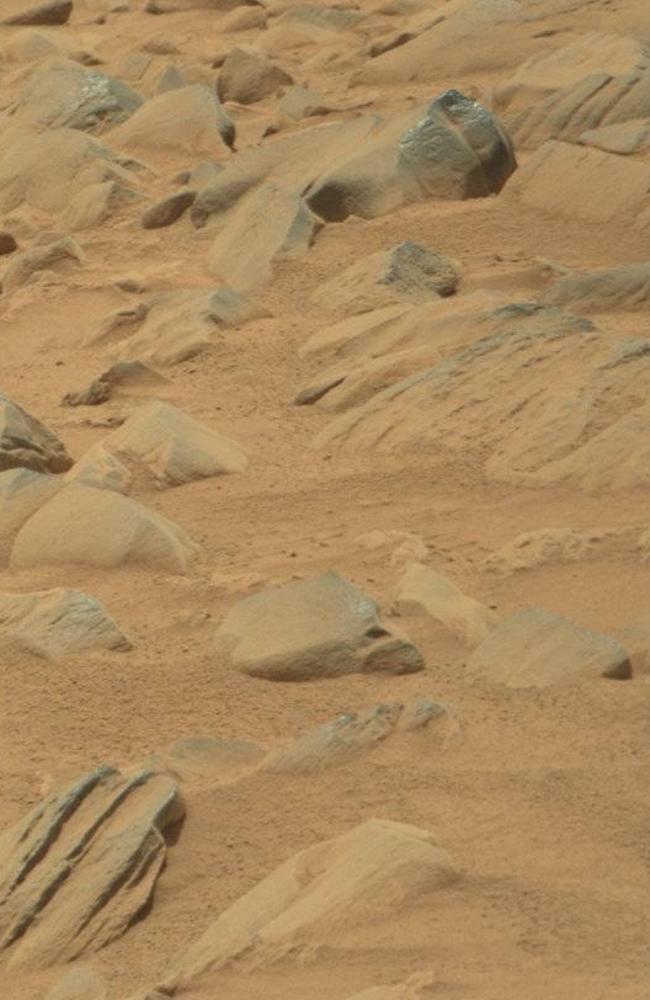Excitement over Mars ‘petroglyph’ latest in string of Red Planet alien ‘sightings’
IS this a fragment of an ancient Martian civilisation? A distant, dusty rock has fired up speculation we may be on the verge of an Earth-shattering discovery.
AN ‘ancient engraving’ pictured on the surface of Mars has fired-up social media conspiracy theorists, reigniting speculation that Earth is the lost outpost of a space-faring civilisation.
The “Mars Petroglyph” joins a string of “anomalous” objects found among the thousands of images being beamed back by NASA’s robotic rovers, Curiosity and Opportunity.
Among them are a “humanoid statue”, “ball-bearings”, a microscopic “gearwheel” and a “thighbone” — not to mention the almost inevitable “bigfoot” sighting.
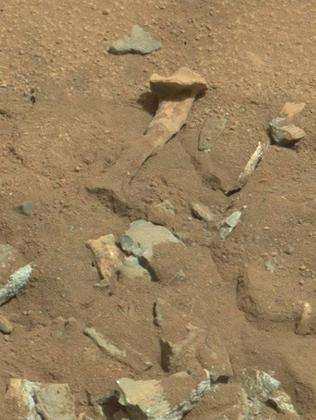
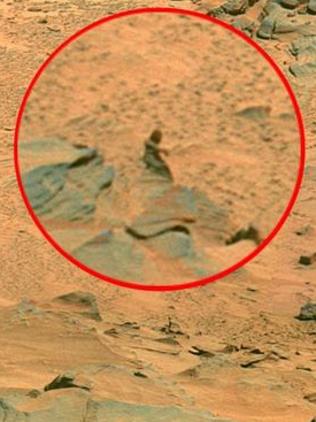
The latest “xenoarchaeological” evidence is said to come from an unusual rock caught in a picture from NASA’s Mars Curiosity rover earlier this year.
You may have seen it on social media.

Can you see it? Try the NASA original.
Are there really the remnants of an ancient, petroglyph-covered column in this picture?
Some think so.
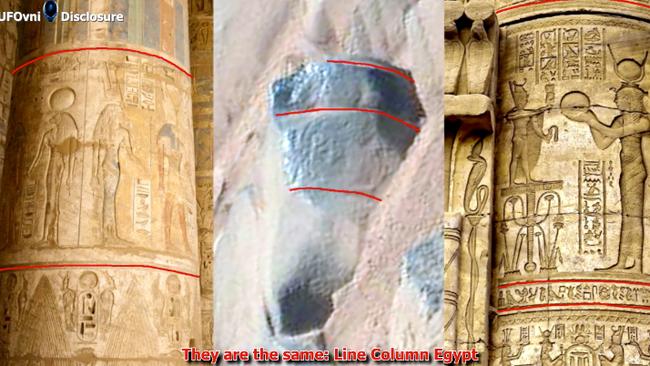
The shattered — and heavily pixelated — piece of rubble appears to be heavily marked with scratches and indentations.
Combined with a few red lines, some smoothing of the pixilation and the “primer” of a comparative Earth sourced relic, it can be interpreted as part of an engraving. If you squint.
But that’s enough for YouTube presenter UFOvni2012. He goes on to “prove” its “creators” were humanoid, based on a rather selective red-line tracing of some of the apparent scratches.
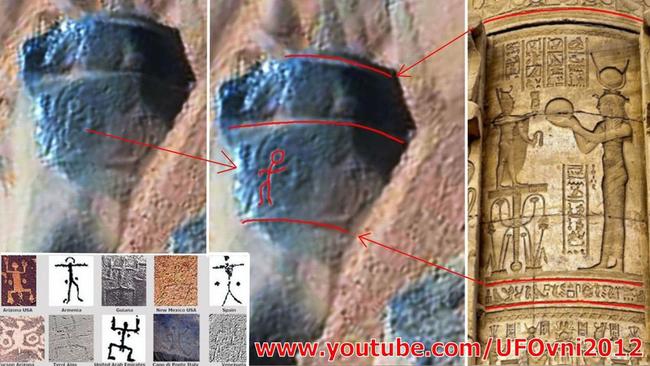
Once pointed out, you can see the three deep engraved lines on its surface. But are they really as symmetrical and uniform as the ancient Egyptian comparison?
Or is it just one of millions of unusually weathered rocks combined with the power of suggestion?
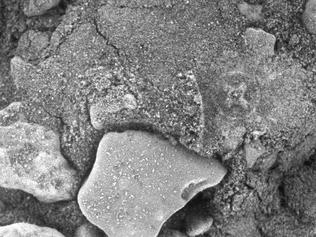
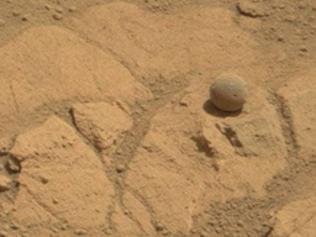
Pareidolia is the name for a “shortcut” the human brain takes when interpreting the input of the eye. It sees familiar shapes and objects where there are none — a “quick-draw” response evolved to give us the edge when dodging dangerous beasts in the dark. As a result, it’s easy for us to see blurry rabbits in clouds, or faces on Mars.
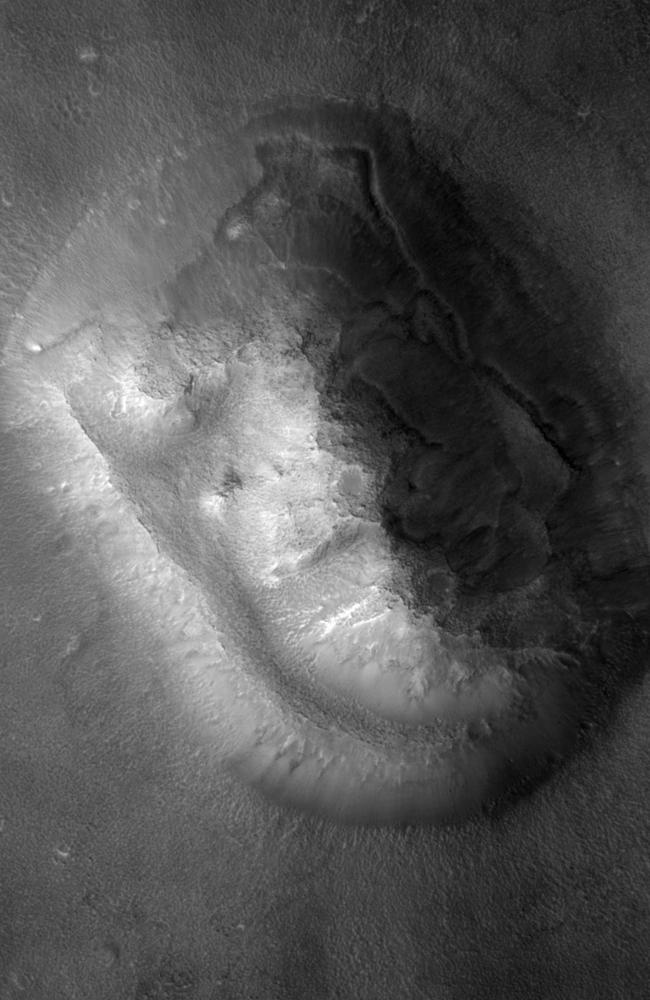
The idea that Mars once held an advanced human-looking civilisation first emerged in the late 1970s after a group of NASA scientists poked fun at the way shadows made a nondescript Martian mountain look like a face.
Problem was, many took them seriously.

The Face of Mars has launched a thousand books, blogs and television documentaries — as well as speculation that a vast city of pyramids and honeycomb structures was just waiting to be explored.
But NASA, seeking to set the record straight, made the Cydonia region one of the first locations to be examined by its Mars Global Surveyor spacecraft in 1997. It found rocks, and a mountain which — under the right lighting conditions, could be made to look like a face. From a distance. With added blurring.
It wasn’t enough to douse the flames of speculation.
